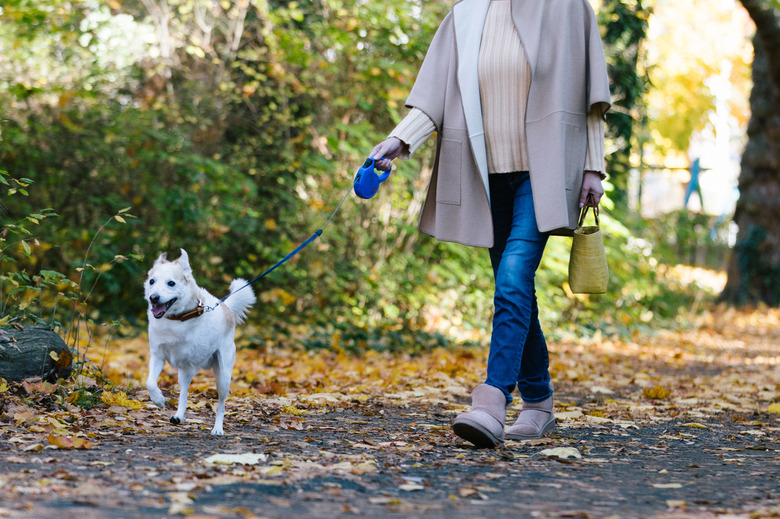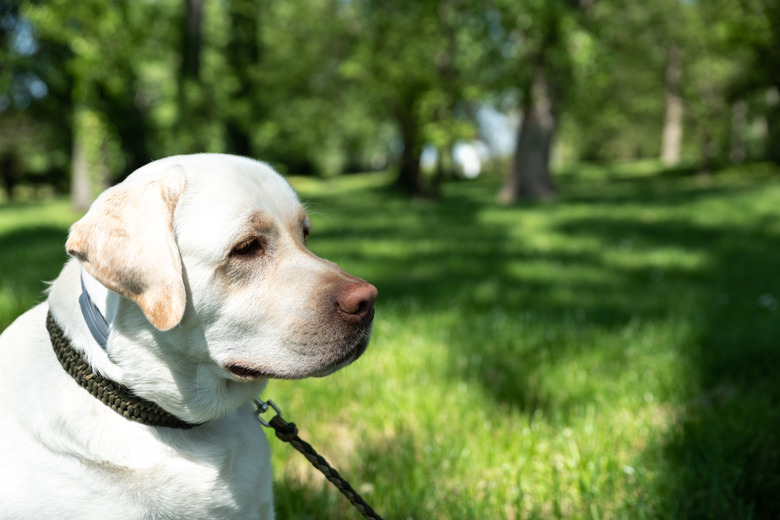Dog Bite Infections: Symptoms And Treatment
The American Veterinary Medical Association (AVMA) reports that more than 4.5 million people are bitten by dogs in the United States each year. The Centers for Disease Control (CDC), further says that about 1 in 5 people who are bitten by a dog require medical attention. While most minor dog bites heal quickly without lasting problems, some become infected, usually from the presence of bacteria such as Pasteurella multocida, Streptococcus, or Staphylococcus aureus.
Most animal bites are caused by dogs (85 to 90%). Only 5 to 10% are cat bites with 2 to 3% by rodents. Children are bitten more often than adults. Always monitor any dog bite wounds closely and be aware of dog bite infection symptoms. It is best to visit your doctor for any dog bite but especially if the wound develops redness, swelling, or any of the additional dog bite symptoms discussed below.
What kind of infection can you get from a dog bite?
What kind of infection can you get from a dog bite?
Rabies (a deadly virus) and infections from various bacteria can result from a dog bite. Because dogs usually inflict lacerations, only about 20 percent of all dog bites result in infection. However, these infections can be serious and even life-threatening, so it is important to seek medical care if a dog bites you and breaks the skin or leaves significant bruising. Crush wounds, punctures, and bites on the hand are most likely to become infected.
- Rabies: This virus is spread through the bite (more common) or scratch of an infected animal and affects the nervous system. Due to strong rabies vaccine protocols for dogs and cats, transmission of the rabies virus to humans is rare in the United States, but the risk of infection still exists.
- Streptococcus and Staphylococcus: Strep and staph are bacteria that are found in a dog's mouth. They are naturally present in dog saliva, but once they enter a human's bloodstream, they can cause serious infections. In dogs Strep is a minor category of oral bacteria, partly because the oral pH of dog saliva is not the best environment for Strep. bacteria.
- Pasteurella multocida and Pasteurella canis: These bacteria are also part of a dog's natural flora but can cause a serious infection, known as cellulitis, in humans.
Dog bite infection symptoms
Dog bite infection symptoms
If you suspect you have an infected dog bite, seek medical attention right away. Here are some signs of infection to look out for:
- Redness or swelling
- Red streaks traveling up the limb from the bite wound
- Increased pain or tenderness at the site of the bite
- Oozing of fluid from the bite wound
- Shivering or chills
- Night sweats
- Fever
- Vomiting
- Fatigue
- Muscle weakness or tremors
What about Capnocytophaga?
What about Capnocytophaga?
Capnocytophaga is another bacteria in dogs' mouths but it doesn't usually cause infection in healthy people. However, it can be dangerous if an immunocompromised person is bitten because a person could develop sepsis
How to treat a dog bite infection
How to treat a dog bite infection
The safest option for all dog bites is to seek medical attention. Upon arriving at the doctor's office or emergency room, expect to have the wound washed thoroughly and examined for evidence of infection or physical damage. Deep wounds can damage muscles, nerves, tendons, ligaments, or bones, thereby necessitating additional treatment.
If an infection is present, your doctor will prescribe antibiotics to battle the bacteria. Your doctor might take samples and have them cultured to identify any organisms present in the wound. However, most doctors avoid doing this at the initial visit. Also, a bite may not have any signs of infection at the initial visit, for example, if you went to the ER right away. However, infection may occur later. This is usually done if a bite-related infection does not respond to antibiotics.) Regardless of the state of the wound, your doctor will ensure that your tetanus shot is up to date and administer a booster if necessary.
Anyone who might have been exposed to a potentially rabid animal or animal with unknown vaccination history should also receive post-exposure prophylaxis (a series of injections that can prevent rabies infection). This should be done immediately because once rabies is evident and symptoms appear, it is — in every case — deadly.
How do you know when a dog bite is serious?
How do you know when a dog bite is serious?
Some bite victims are at increased risk of serious health problems and should seek immediate medical attention for even relatively minor wounds. For example, people with compromised or weakened immune systems may lack the ability to fight off invading bacteria. Some people might even need to be hospitalized and treated with IV antibiotics. By virtue of their young age, children also should see a doctor if the bite breaks the skin. The location of the bite may change the nature of your response; bites to some areas, such as the face and hands, are more likely to become infected than bites to other areas.
What to do if a dog bites you
What to do if a dog bites you
If you experience or witness a dog attack, as when treating any traumatic wound, the first step is to stop the bleeding by applying pressure with a clean cloth or rag. Deep, severe bites require immediate medical attention, especially if you are unable to stop the bleeding. After stopping the bleeding, wash the wound thoroughly with soap and water. Apply a triple antibiotic ointment to the wound and then place a bandage on top. Always obtain medical care when bitten by an unfamiliar dog, as infection is not the only danger. Unknown dogs may harbor infectious diseases such as rabies, which is fatal without swift action. If possible and prudent, take steps to locate the dog's owner, as they might be able to provide important information.
The bottom line
The bottom line
Dog bites are relatively common, with children at higher risk. While most dog bites will heal without serious complications, the safest course of action is to seek medical attention for any bite injury that results in major bruising or broken skin, as bacterial infections and the rabies virus are possible consequences. In the meantime, home first aid includes stopping the bleeding and washing the wound thoroughly. It is also important to recognize the signs of a dog bite infection — which can include swelling, oozing, fever, and fatigue — and get medical advice immediately if you notice symptoms of infection.
References
- Centers for Disease Control and Prevention: Capnocytophaga
- Centers for Disease Control and Prevention: Human Rabies
- American Veterinary Medical Association: Dog Bite Prevention
- Center for Disease Control: This Week Is Dog Bite Prevention Week
- Up To Date: Patient Education: Animal and Human Bites (Beyond the Basics)



